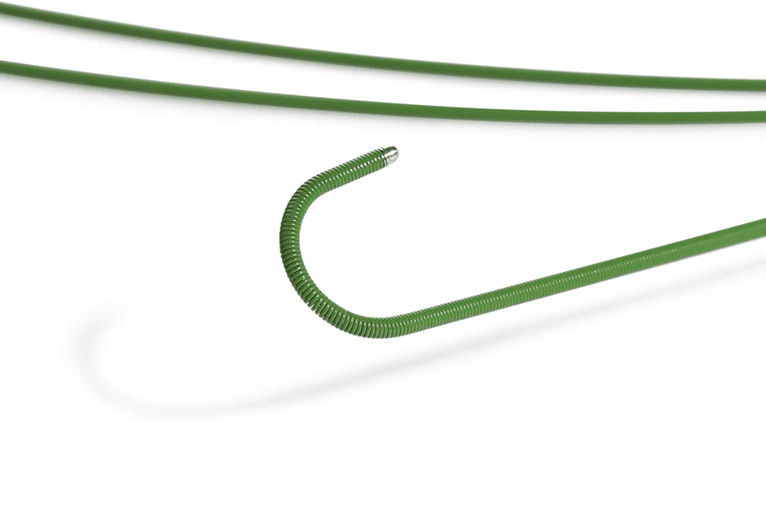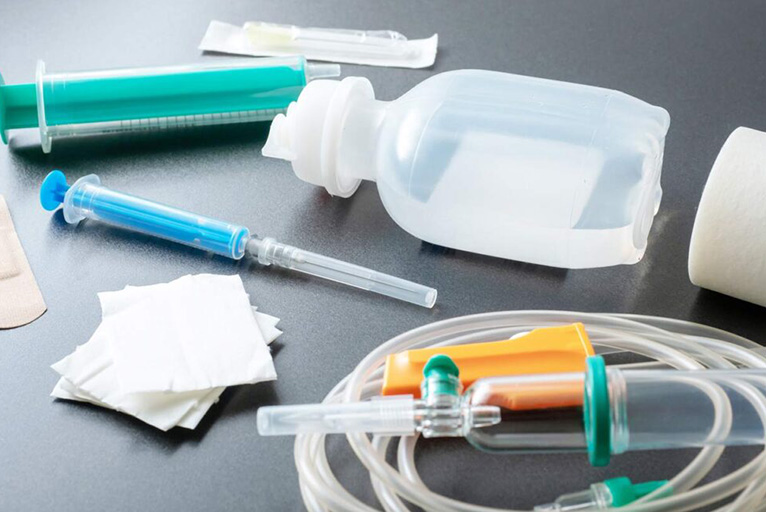google-site-verification: google0228a1feb97d321e.html
google-site-verification: google0228a1feb97d321e.html
google-site-verification: google0228a1feb97d321e.html
google-site-verification: google0228a1feb97d321e.html
google-site-verification: google0228a1feb97d321e.html
google-site-verification: google0228a1feb97d321e.html
Preparation of surface coatings for medical devices - ultrasonic spraying
Medical device coatings are the most widely used fluoropolymer (PTFE) coatings in the industry and can be customized to optimize the design, quality and performance characteristics of high-quality medical products. Medical grade fluoropolymer coating chemicals: water-based PTFE coatings, solvent-based coatings.
All PTFE is made by combining carbon atoms and fluorine atoms together through a free radical polymerization process. These PTFE polymers have very high molecular weights and consist of long straight-chain molecules composed of carbon and fluorine. Coupled with the strong strength of the carbon-fluorine bond, these polymers exhibit excellent low friction, mold release, heat resistance and chemical resistance. PTFE-coated medical device guidewires/core wires are mainly made of stainless steel. These guidewires/core wires require a low-friction coating with good adhesion and strictly controlled thickness. There is no limit on the installation method and product diameter of ultrasonic spray PTFE. Medical grade clamps and other tooling can be customized according to the product and production.

Common medical devices such as guidewires/core wires, hypotubes, mandrels, needles, etc. use ultrasonic spraying technology to evenly prepare the PTFE coating on the surface of the product to ensure that the thickness of the PTFE coating on the surface of the product is consistent, avoiding local over-thickness or over-thinness that affects performance.
Ultrasonic spraying PTFE solution coating application on medical devices
● Vascular stents and catheters: PTFE coating can reduce direct contact between blood and stents or catheters, reduce the risk of thrombosis, and is commonly used in coronary stents, central venous catheters, dialysis catheters, etc.
● Artificial heart valves: Coating PTFE on the surface of artificial heart valves can reduce blood adhesion on the valves, reduce the risk of thrombosis and valve calcification.
● Surgical instruments: such as scalpels, tweezers, etc., PTFE coating helps reduce friction, improve the sliding of instruments, and reduce tissue trauma during surgical operations.
● Medical catheters and pipes: used to deliver drugs, nutrient solutions and other biological fluids, the low friction of their surfaces helps reduce the resistance of liquids in the pipes.
● Implantable medical devices: such as pacemaker wires, artificial blood vessels and other implants, the biocompatibility and chemical stability of PTFE are crucial for good compatibility with human tissues.

Advantages of ultrasonic spraying technology
● Good coating uniformity: Ultrasonic spraying is based on ultrasonic atomization technology. The droplets naturally fall on the substrate, which can make the coating uniformity reach more than 95%, ensuring the uniform thickness of the PTFE coating on the surface of the guide wire/core wire, avoiding local over-thickness or over-thinness that affects the performance.
● High stability: The high-precision syringe can keep the liquid supply speed stable at all times, with an accuracy of up to 1μl/s, so that the atomization volume per unit time remains stable, thereby ensuring the stability of the coating quality.
● The nozzle is not easy to clog: The ultrasonic nozzle realizes liquid atomization through ultrasonic oscillation, and the atomized particles are determined by the ultrasonic oscillation frequency. Unlike the two-fluid nozzle, its aperture does not need to be very small to achieve fine atomized particles, so the risk of nozzle clogging is reduced and the maintenance cost is reduced.
● Save raw materials: Compared with the traditional infiltration method and the two-fluid spraying method, it will not waste raw materials like the infiltration method, nor will it produce splashes like the two-fluid method, which can improve the slurry utilization rate and reduce production costs.